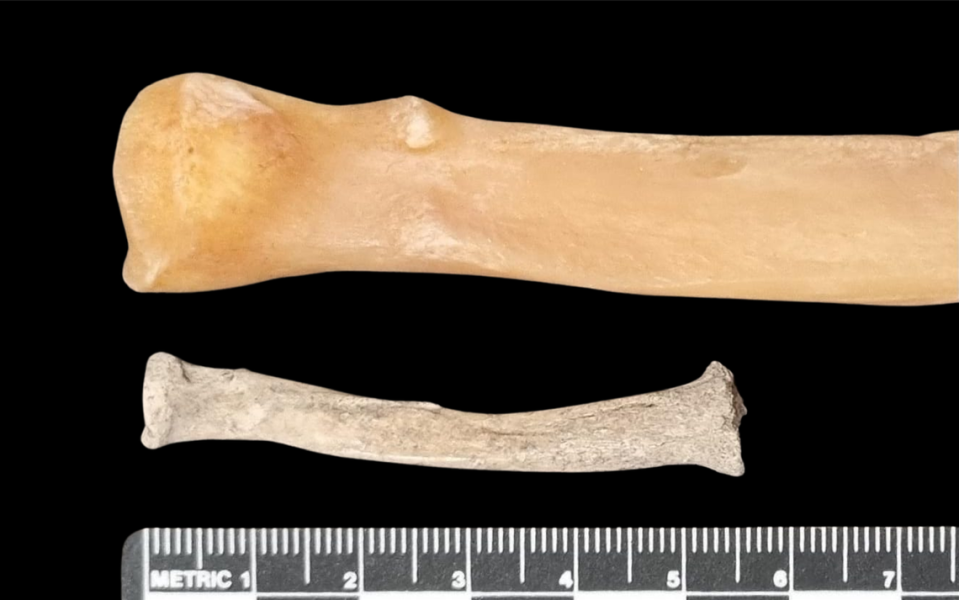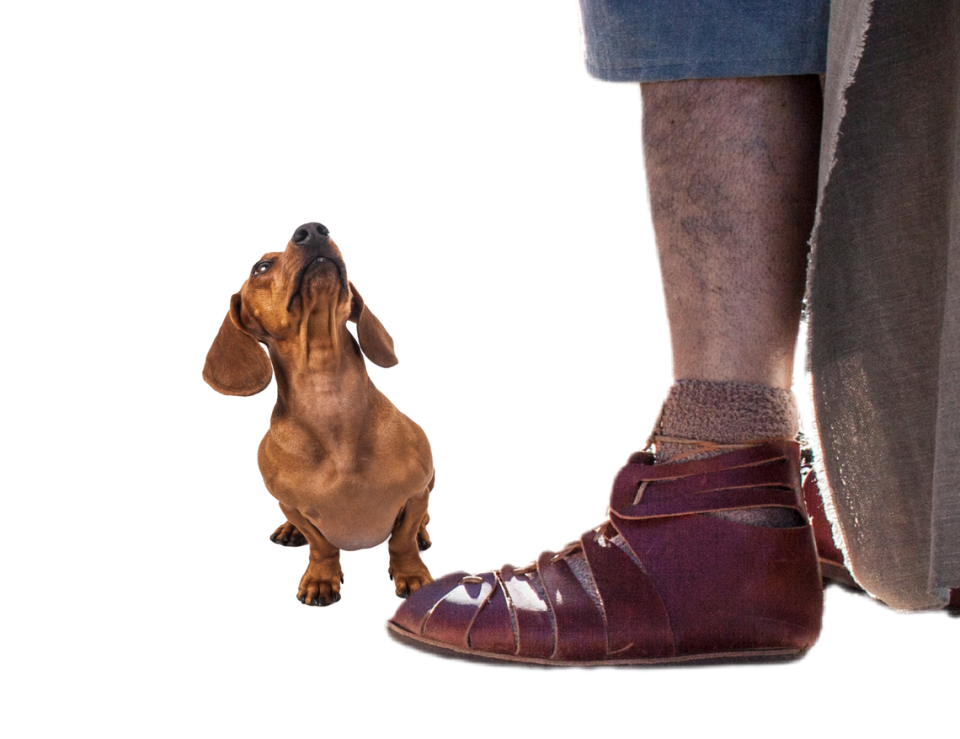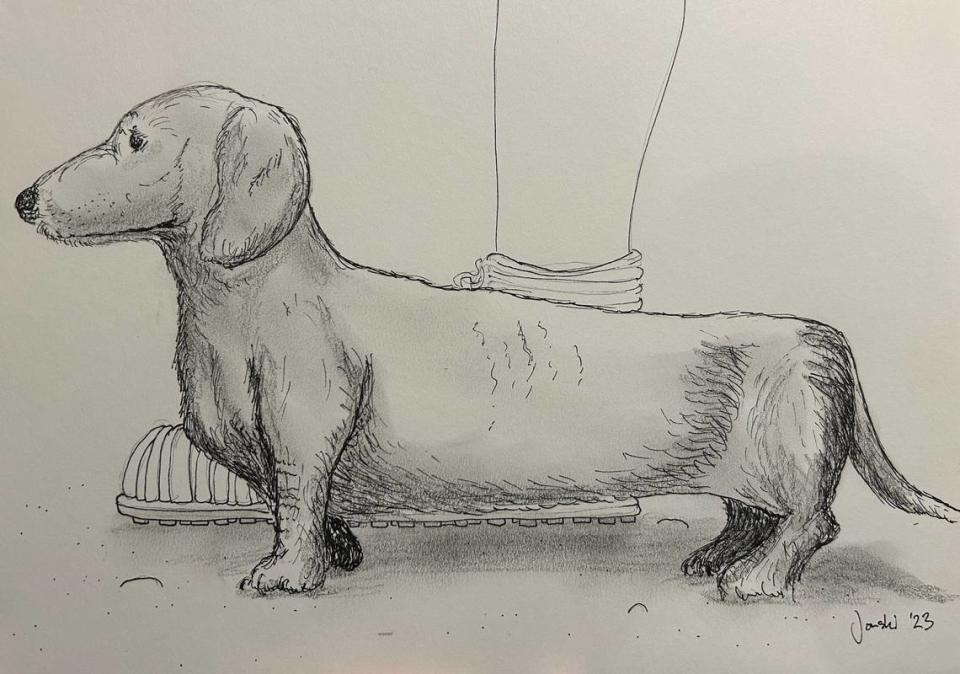1,800-year-old bones of a small ‘lap dog’ — a ‘much-loved pet’ — found at Roman villa
A small dog wanders around the house, occasionally barking for attention. Someone picks it up and pets it in their lap. The scene is relatable to us and — as archaeologists recently found — to the ancient Romans.
Archaeologists excavating a site in Oxfordshire, United Kingdom, uncovered the ruins of an ancient Roman villa, the Earth Trust said in a news release. The villa had a variety of two- and four-legged occupants between the third and fourth centuries A.D.
The smallest canine occupant? A little “lap dog” about 7.8 inches tall, archaeologists said. Excavations uncovered the dog’s 1,800-year-old bones in a burial near the villa.
“The little dog, which is thought to have been female with bowed legs, would probably have had a similar stature to a dachshund, but been closer in size to a chihuahua,” the release said. “Its unusually small size means it is likely to have been a much-loved pet.”

A photo shows the tiny dog’s remains next to the remains of a greyhound. A sketch and photo show what the pet might have looked like.
The ancient Roman Empire’s love for small dogs isn’t new. Other archaeological excavations found evidence that the early Romans were the first to breed flat-faced dogs, including French bulldogs and pugs. A Roman grave in Turkey included a carefully placed small dog skull, an arrangement that suggested the canine might have had a high social position.
When the Romans arrived in the U.K., they brought their love of small dogs with them, the release said.

“The fact that this dog was so small and had bowed legs suggests that she probably wasn’t bred for hunting,” Hannah Russ and Sarah Everett, the zooarchaeologists who analyzed the bones, said in the release. “This, along with the fact that she might have even been buried with her owner, makes it far more likely that she was kept as a house dog, lap dog, or pet.”

The “lap dog” was one of “at least 15 small-medium sized dogs” found buried at the villa. The other larger dogs were likely for “hunting or herding,” Russ and Everett said.
Archaeologists also found evidence of a variety of other animals with functional purposes. The ancient Roman occupants kept “chickens, geese, pigs, cattle, sheep or goats, and horses, donkeys or mules” as well as ravens or crows, the release said.
Only part of the “large” Roman house has been excavated, the release said. Archaeologists unearthed “cooking utensils,” pottery, jewelry, tools and other artifacts.
“This site provides a snapshot of domestic life in Roman Britain; it’s like peering into someone’s home,” DigVentures archaeologist Maiya Pina-Dacier said in the news release.
The site in Oxfordshire is about 50 miles northwest of London.
8,000-year-old encampment — with tridents and war paint materials — found in England
Decapitated skulls — full of cavities and gems — from ancient Maya uncovered in Mexico
Warrior’s weapon-filled grave went untouched for 1,300 years in Germany. Not anymore

